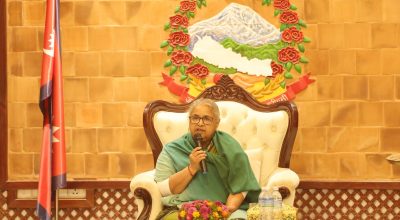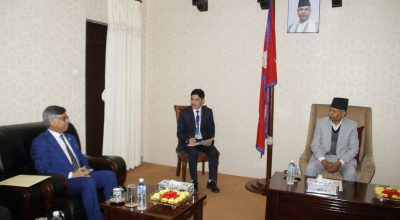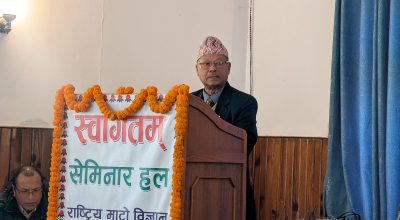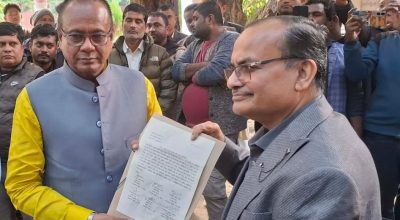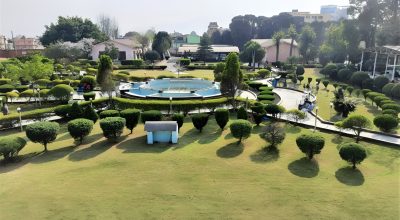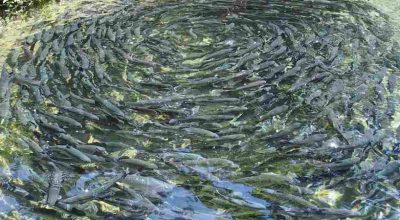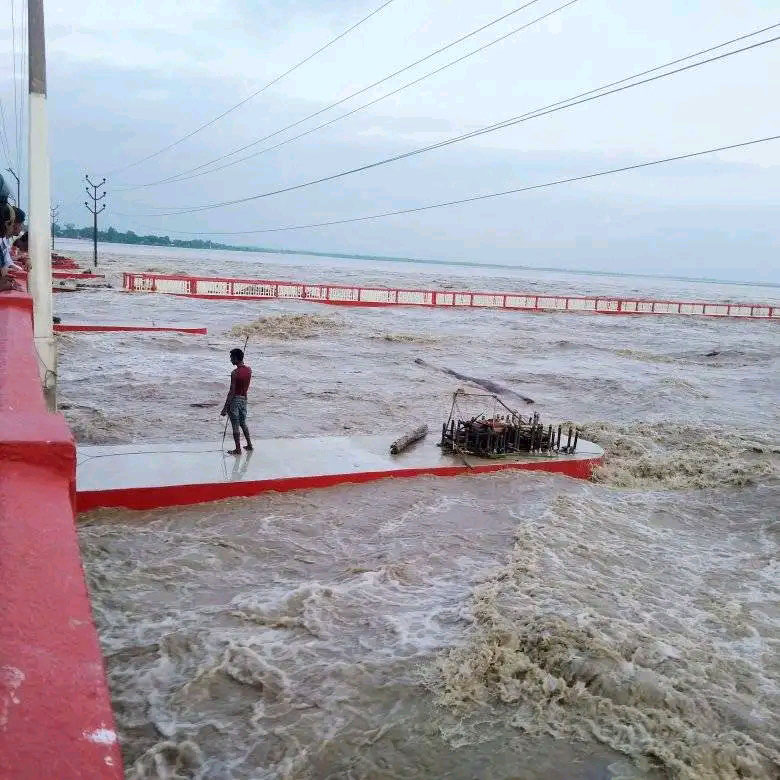
Ajit Jha
Inaruwa (Sunsari), Oct 24: The Saptakoshi River shows its nasty form when floods occur during the rainy season. As soon as the water level in the eastern hilly district and other major rivers rises, the flow of water in the Saptakoshi river increases and the attention of the country is focused on the river due to the devastation in the surrounding areas.
Saptakosi River when fed with flooded water during the rainy season leaves pile-up of sand in the dry season.
In many places, sand islands can be seen. Those who saw these islands say, “The level of the river went high, due to the filling of sand and pebbles in the river area. Also, the overflow of river in the rainy season started making the residents of Sunsari and Saptari areas miserable”.
The water level of the Saptakoshi river is rising due to the accumulation of sand, mud, soil and pebbles flowing along with the flood every year, but due to lack of its management, there is a danger of the river water inundating the settlements.
In this connection, Nepali Congress (NC) Inaruwa vice-president Pradip Dhakal said the problem has not been resolved for over the years due to sheer negligence on part of the decision-makers and stakeholders.
“Saptakoshi is the largest river in Nepal, spread over a large area from Kanchenjunga in the east to Lamtang Mountain (Gosaikunda) in the west. All these regions are badly affected by the disaster caused by this river, which flows through the mountains, hills and Terai of Tibet and Nepal to the Ganges River of India. Therefore, attention should be paid to its management,” he said.
The Saptakoshi River, which flows through Sunkoshi, Dudhkoshi, Indrawati, Tamakoshi, Arun, Tamor and Likhu tributaries, has been flooded with sand.
Dev Chandra Jha of Koshi Rural Municipality-6 in Sunsari said with the decrease in the depth of the Koshi River, the risk has increased in and around the surrounding areas including the settlements.
Baburam Karki, a journalist and expert in the Koshi region, said that the river floods come up to the embankment and submerge the settlements every year with the rise in the ground level of the river.
“Due to soil erosion in the hilly and mountainous areas, the level of the Koshi river has increased. Even when water volume increases a bit, the floods take a nasty form”, he said.
Bhim Karki, a local of Barahkshetra-9 said that the river did not have much effect even when there was a huge water in the past year. “The water level in Saptakoshi has increased with normal rainfall in the hilly region. The river has been showing its disastrous form during the four months of rainy season. Sand islands have been formed here as the river is rising due to the pile-up of river-based substance flowing along with the flood. The problem is occurring every year due to the accumulation of soil and sand flowing along with the water of the river coming from the hilly areas, but the government has not paid attention to cleanliness”, he said.
Vice-chair of the Saptakoshi Inundation, Erosion and Flood Victims Struggle Committee Lal Bahadur Limbu, said the Koshi river has been changing its course as the level has crossed its natural border.
According to him, it is necessary to manage sand materials from the surface to bring the river back to its own state.
Netra Ghimire, a local, added the river, which has the capacity to hold 900,000 cusecs of water, has menaced the lives for the last few decades no sooner it flows 150,000 cusecs of water.
Pramod Poudel, liaison and land acquisition officer of Koshi Planning Biratnagar, also said that the risk has increased during the rainy season due to the accumulation of pebbles in the Saptakoshi river.
Although the problem is increasing, they are not in a position to do anything at the local level, he said. Poudel said, “In the agreement signed between the governments of Nepal and India in 2011 BS regarding the Koshi Plan, Nepal’s rights are limited only to the consultation and monitoring level, so initiatives have to be taken from the government level to solve the problems here”.
Saptakoshi river was flowing 655,370 cusecs per second on last September 9 that was the alarming level. It is known as a river that accumulates more sand than the Ganges river in India. #koshi #river #nepal #rss





